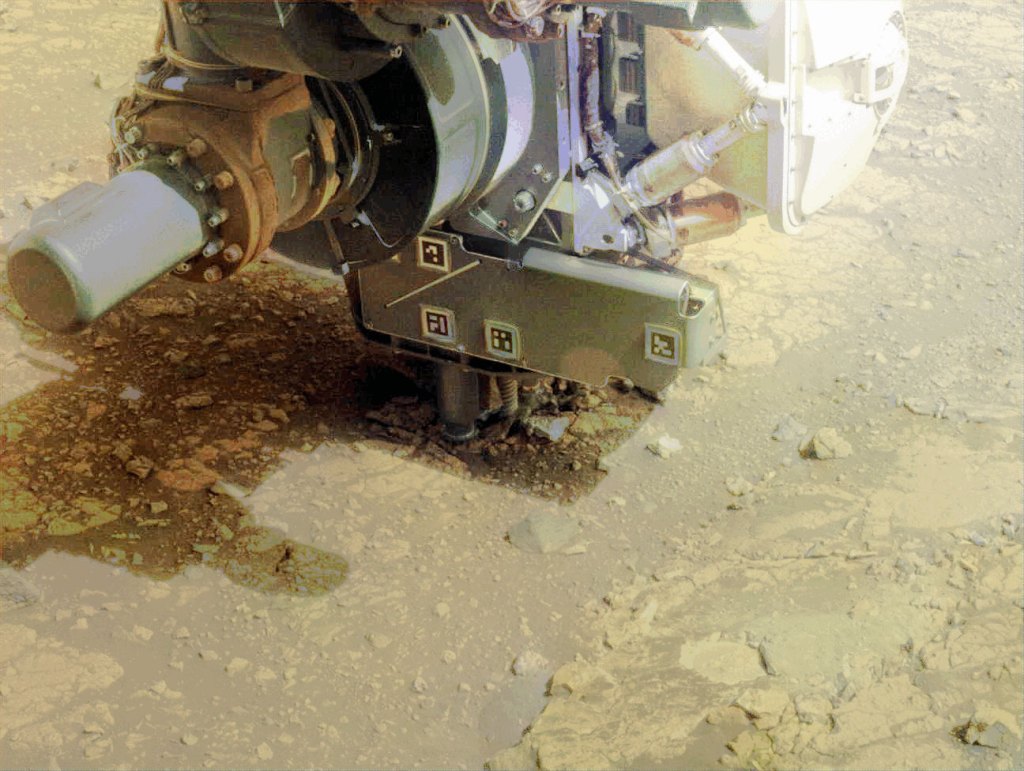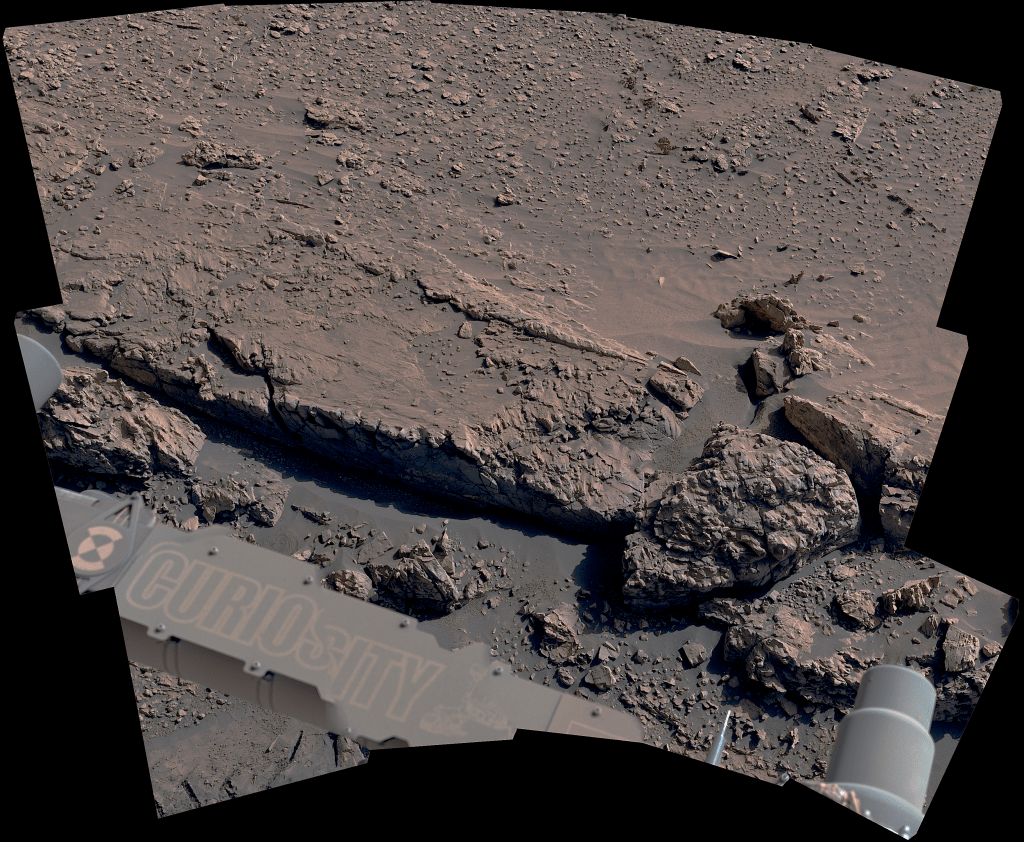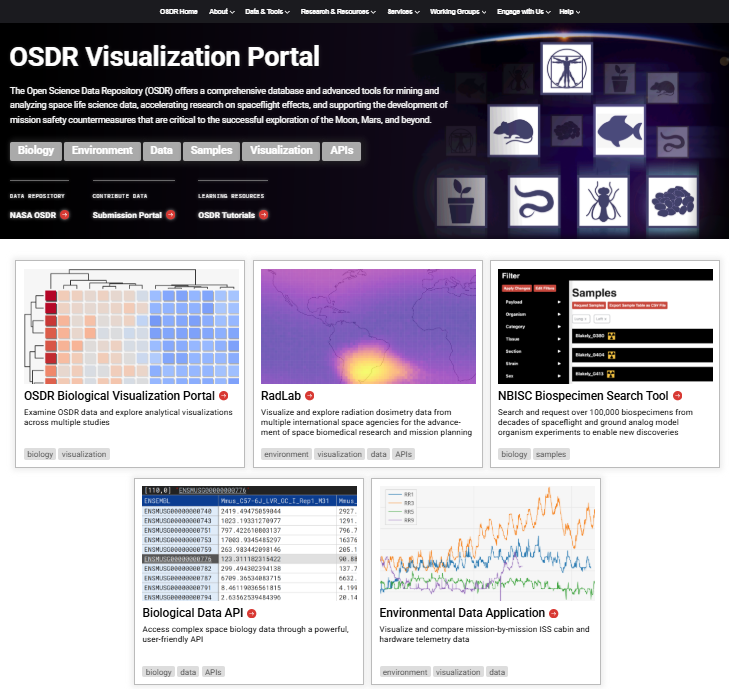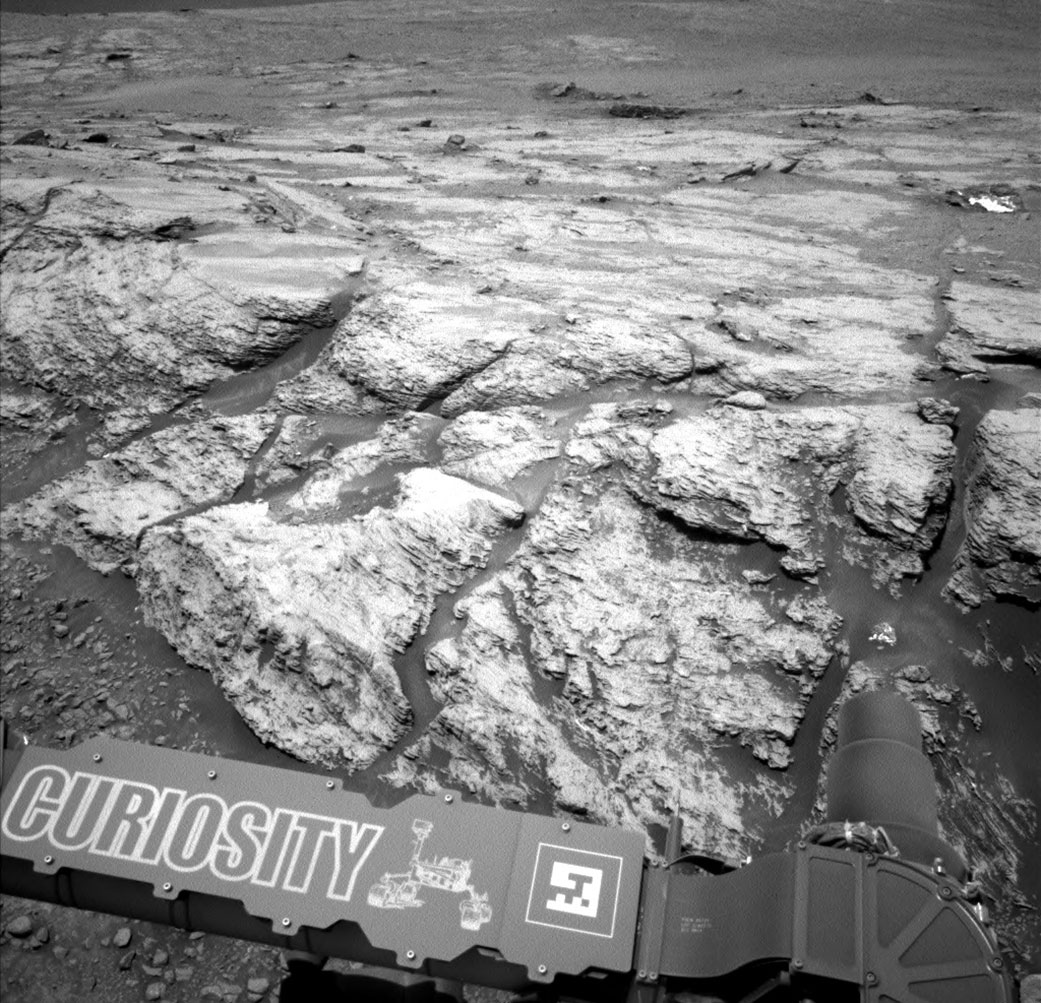Updated at 5 p.m. PDT (8 p.m. EDT) on June 24, 2019:
Curiosity’s team conducted a follow-on methane experiment this past weekend. The results came down early Monday morning: The methane levels have sharply decreased, with less than 1 part per billion by volume detected. That’s a value close to the background levels Curiosity sees all the time.
The finding suggests last week’s methane detection — the largest amount of the gas Curiosity has ever found — was one of the transient methane plumes that have been observed in the past. While scientists have observed the background levels rise and fall seasonally, they haven’t found a pattern in the occurrence of these transient plumes.
“The methane mystery continues,” said Ashwin Vasavada, Curiosity’s project scientist at NASA’s Jet Propulsion Laboratory in Pasadena, California. “We’re more motivated than ever to keep measuring and put our brains together to figure out how methane behaves in the Martian atmosphere.”
Curiosity doesn’t have instruments that can definitively say whether the source of the methane is biological or geological. A clearer understanding of these plumes, combined with coordinated measurements from other missions, could help scientists determine where they’re located on Mars.
Curiosity’s most recent methane findings will be announced during a livestream of the 5 p.m. PDT / 8 p.m. EDT NASA Town Hall at AbSciCon 2019, an astrobiology science conference happening in Bellevue, Washington. Watch the plenary broadcast at:
https://connect.agu.org/abscicon/home
This week, NASA’s Curiosity Mars rover found a surprising result: the largest amount of methane ever measured during the mission — about 21 parts per billion units by volume (ppbv). One ppbv means that if you take a volume of air on Mars, one billionth of the volume of air is methane.
The finding came from the rover’s Sample Analysis at Mars (SAM) tunable laser spectrometer. It’s exciting because microbial life is an important source of methane on Earth, but methane can also be created through interactions between rocks and water.
Curiosity doesn’t have instruments that can definitively say what the source of the methane is, or even if it’s coming from a local source within Gale Crater or elsewhere on the planet.
“With our current measurements, we have no way of telling if the methane source is biology or geology, or even ancient or modern,” said SAM Principal Investigator Paul Mahaffy of NASA’s Goddard Spaceflight Center in Greenbelt, Maryland.
The Curiosity team has detected methane many times over the course of the mission. Previous papers have documented how background levels of the gas seem to rise and fall seasonally. They’ve also noted sudden spikes of methane, but the science team knows very little about how long these transient plumes last or why they’re different from the seasonal patterns.
The SAM team organized a different experiment for this weekend to gather more information on what might be a transient plume. Whatever they find — even if it’s an absence of methane — will add context to the recent measurement.
Curiosity’s scientists need time to analyze these clues and conduct many more methane observations. They also need time to collaborate with other science teams, including those with the European Space Agency’s Trace Gas Orbiter, which has been in its science orbit for a little over a year without detecting any methane. Combining observations from the surface and from orbit could help scientists locate sources of the gas on the planet and understand how long it lasts in the Martian atmosphere. That might explain why the Trace Gas Orbiter’s and Curiosity’s methane observations have been so different.
For more information about Curiosity, visit:
https://www.nasa.gov/mission_pages/msl/index.html
Andrew Good
Jet Propulsion Laboratory, Pasadena, Calif.
818-393-2433
andrew.c.good@jpl.nasa.gov
Alana Johnson
NASA Headquarters, Washington
202-358-1501
alana.r.johnson@nasa.gov
2019-123
























